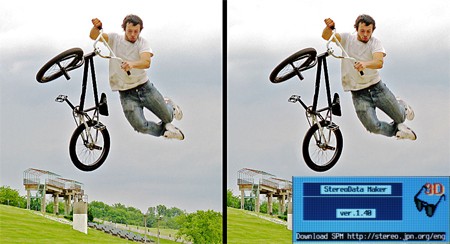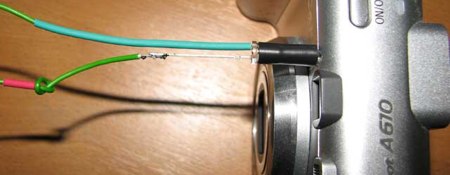
[Tim] photographs insects for bugguide.net. As you can imagine, macro photography is a must. He was very frustrated with his camera’s stock ability to capture the insects. You can see in the example on his site that the image is blurry and has some color issues. He did some research and hacked together a method of getting fantastic macro images for relatively cheap. He used the reversed lens method to get his macro lens set up. He then modded his camera with CHDK for more control. He found that his focal distance was too small to get the entire bug in focus, so he took 15 images at different distances and combined them to make the final image. We’re curious how the pringles can macro lens would compare to this. Thanks for the submission [sp’ange]. Lets see some more tips.












